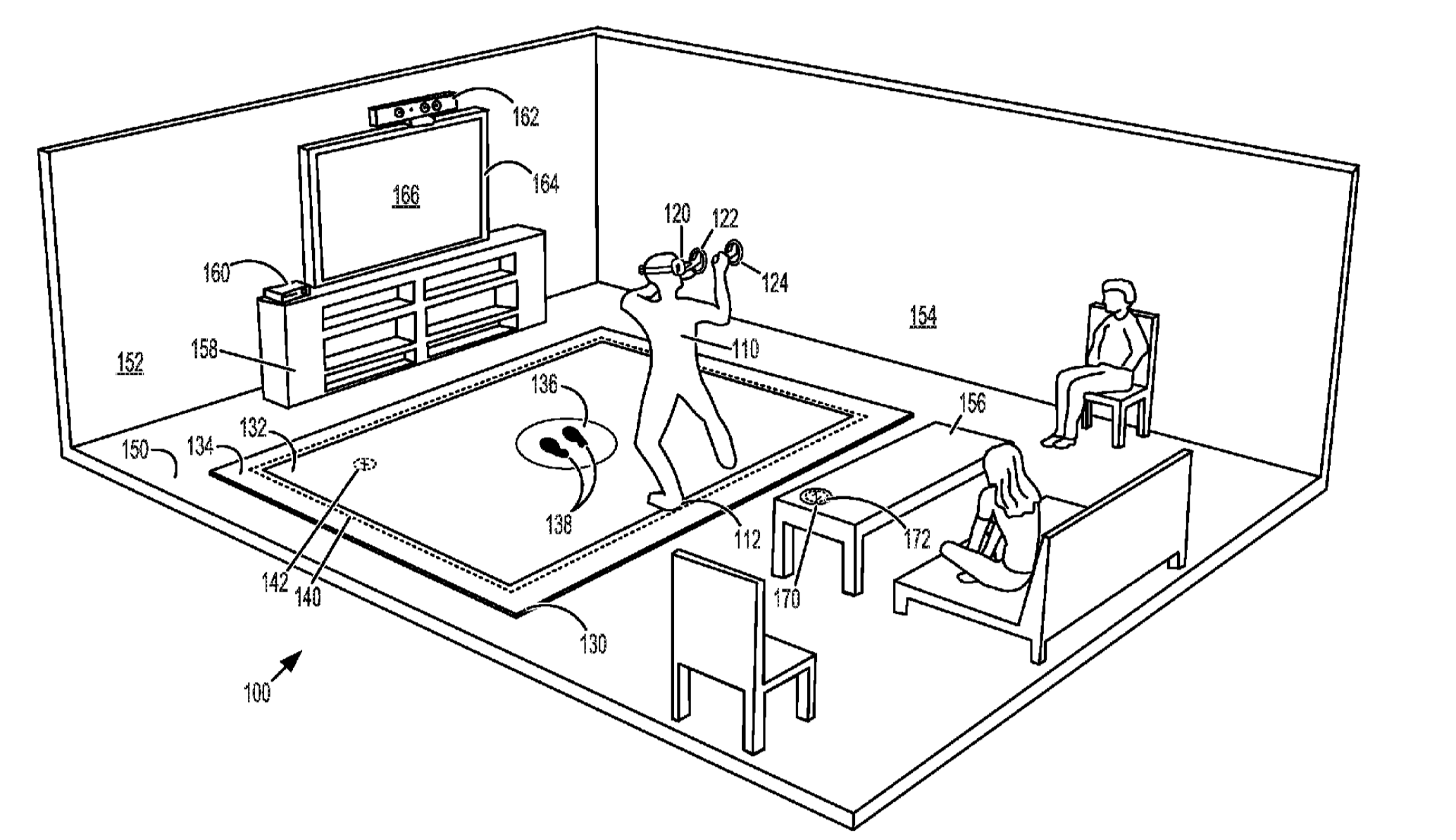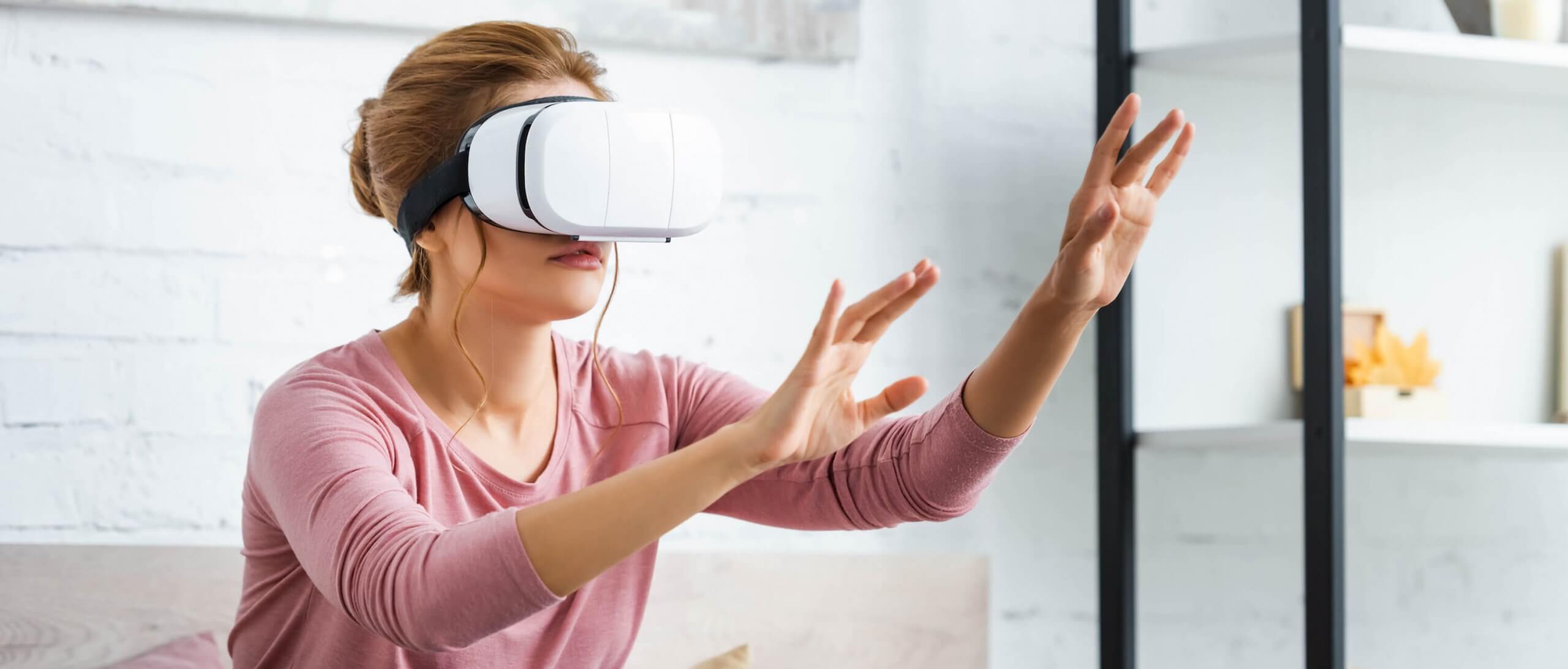Why it matters: Nothing is more annoying and illusion-breaking than stumbling into a coffee table or wall while playing a VR game. Currently, the best solution is software safeguards that pop up telling players they are about to leave the VR zone. The problem with these guardian systems is that they don't always work. Plus, they take players out of the game and the action.
One solution that some VR gamers have used is a simple rubber floor mat. The sponginess gives players a tactile cue when they are about to leave the play area. Microsoft is seeking a patent along the same line as a plain rubber floor mat but incorporates some tech into the accessory.
On Friday, Variety spotted a patent application from Microsoft for a floor mat to be used while in virtual reality. The purpose, as stated in the submission, is to help avoid bumping into things while wearing a VR headset. It also says that the mat could incorporate foot controls and haptic feedback.
The mat would have beacons that would let the VR system know the boundaries of the VR zone. Additionally, it would have sensors in the middle, defining the "starting zone." The game could begin as soon as players stepped into that area. Other pressure-sensitive areas could allow the VR system to know where the user is without the need for optical sensors.

"Such pressure sensors enable the virtual reality system to identify where the user is standing in relation to the mat, without necessarily requiring that the user be visually detected by an optical sensor," reads the description in the application.
The mat may also include haptic feedback by way of one or more vibration devices placed inside, as well as zones defined for foot-based input.
A more interesting point is the mention of the accessory being compatible with a "computing device [that] may take the form of a gaming console." The wording is intentionally vague but does seem to indicate that Microsoft may be planning a VR headset --- if not for Xbox One, then perhaps for Project Scarlett. In fact, in one of the diagrams (above), it looks like something similar to a the discontinued Kinect.
Of course, as always, just because it submitted the idea for protection, does not necessarily mean Microsoft is currently working on the device or that it will. Patents go unused all the time --- well, at least until someone else infringes on it. In any case, we'll have to wait and see if Microsoft puts this one to use in some way other than just claiming ownership.
